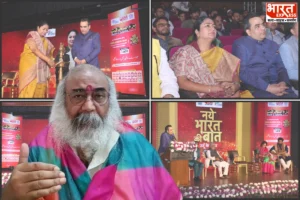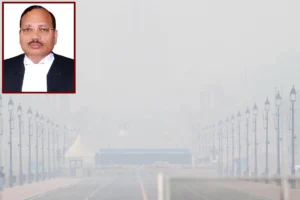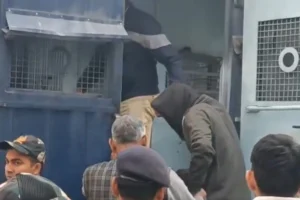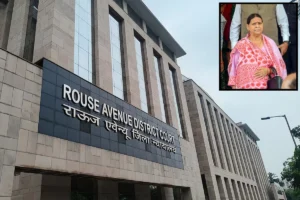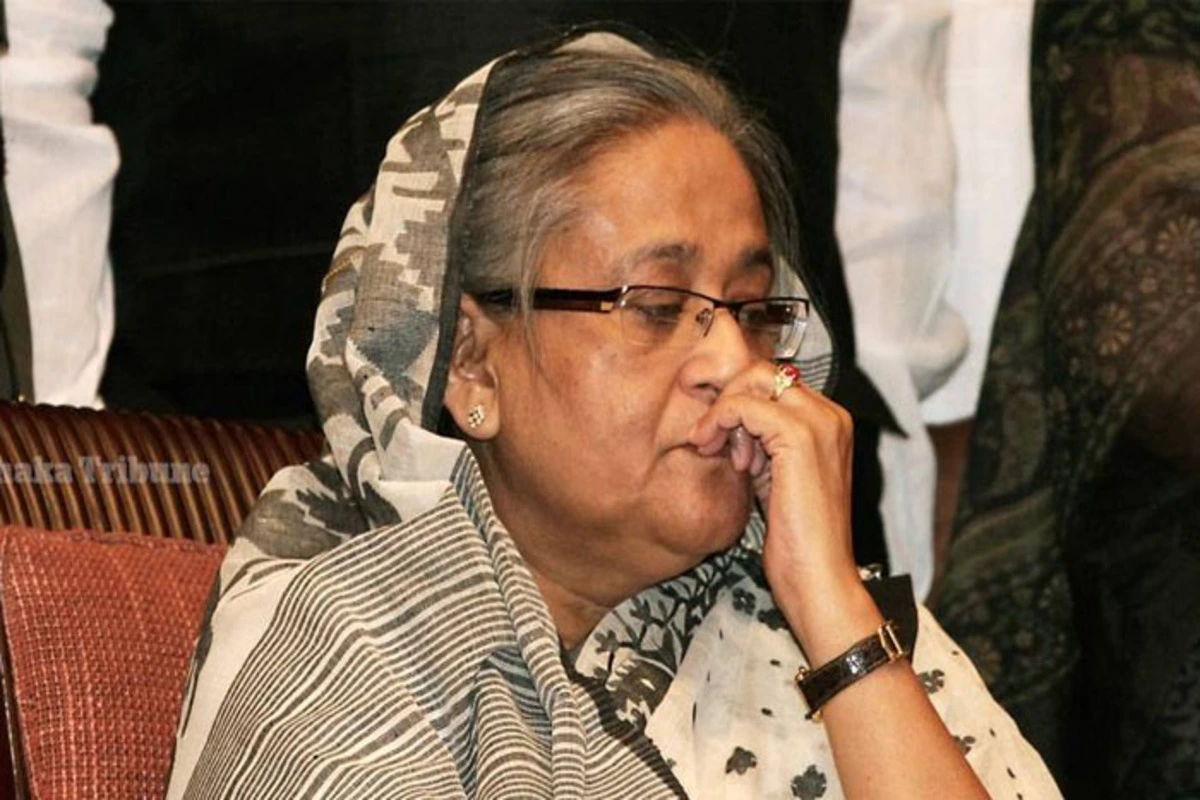
Intelligence reports reveal that London drafted a blueprint for regime change in Bangladesh, collaborating with Pakistan’s ISI. Massive protests over a quota system led to the fall of the Sheikh Hasina government. Bangladeshi officials claim they have evidence of meetings between Tarique Rahman, the acting chief of the Bangladesh Nationalist Party (BNP) and son of Khaleda Zia, and ISI officials in Saudi Arabia.
Before the violence, several “anti-Bangladesh” handles on X fueled the protest, with over 500 negative tweets against the Sheikh Hasina government, including those from Pakistani handles.
Sources said the Pakistan Army and ISI aimed to destabilize Hasina’s government and restore the opposition BNP, known to be pro-Pakistan. China, through the ISI, also escalated the protests, which eventually forced Hasina to flee to India.
How ISI and China Conspired Against Hasina’s Government
What began as a protest against job reservations evolved into a broader anti-government movement against Hasina, resulting in over 300 deaths and hundreds of injuries.
The ISI-backed Islami Chhatra Shibir (ICS), the student wing of Jamaat-e-Islami Bangladesh, inflamed the protests and aimed to replace Hasina with a regime friendly to Pakistan and China. Jamaat-e-Islami, known for its anti-India stance, sought to turn the student protests into a political movement.
Intelligence inputs indicate that Islami Chhatra Shibir members meticulously planned the protests for several months, with significant funding believed to have originated from Chinese entities operating in Pakistan.
Social media activity during the Bangladesh protests revealed that most posts against the Awami League, videos of violence against protesters, and posters demonizing Sheikh Hasina originated from the BNP and its affiliated accounts. Many of these were amplified by US-based accounts.
Also read: Bangladesh’s Political Crisis: A History Of Coups Before Sheikh Hasina
Why Protests Erupted in Bangladesh
The roots of the protests lie in a controversial quota system that reserved up to 30 percent of government jobs for family members of veterans from Bangladesh’s 1971 war of independence against Pakistan.
Even though the Bangladesh Supreme Court cut the job quotas to 5 percent, the protests took a different turn, with agitators demanding Hasina’s resignation. The protests aggravated on August 4 as over 100 died in clashes with police.
On Monday, Hasina resigned as Bangladesh Prime Minister and fled the country, with the Army taking over control.
To read more such news, download Bharat Express news apps










